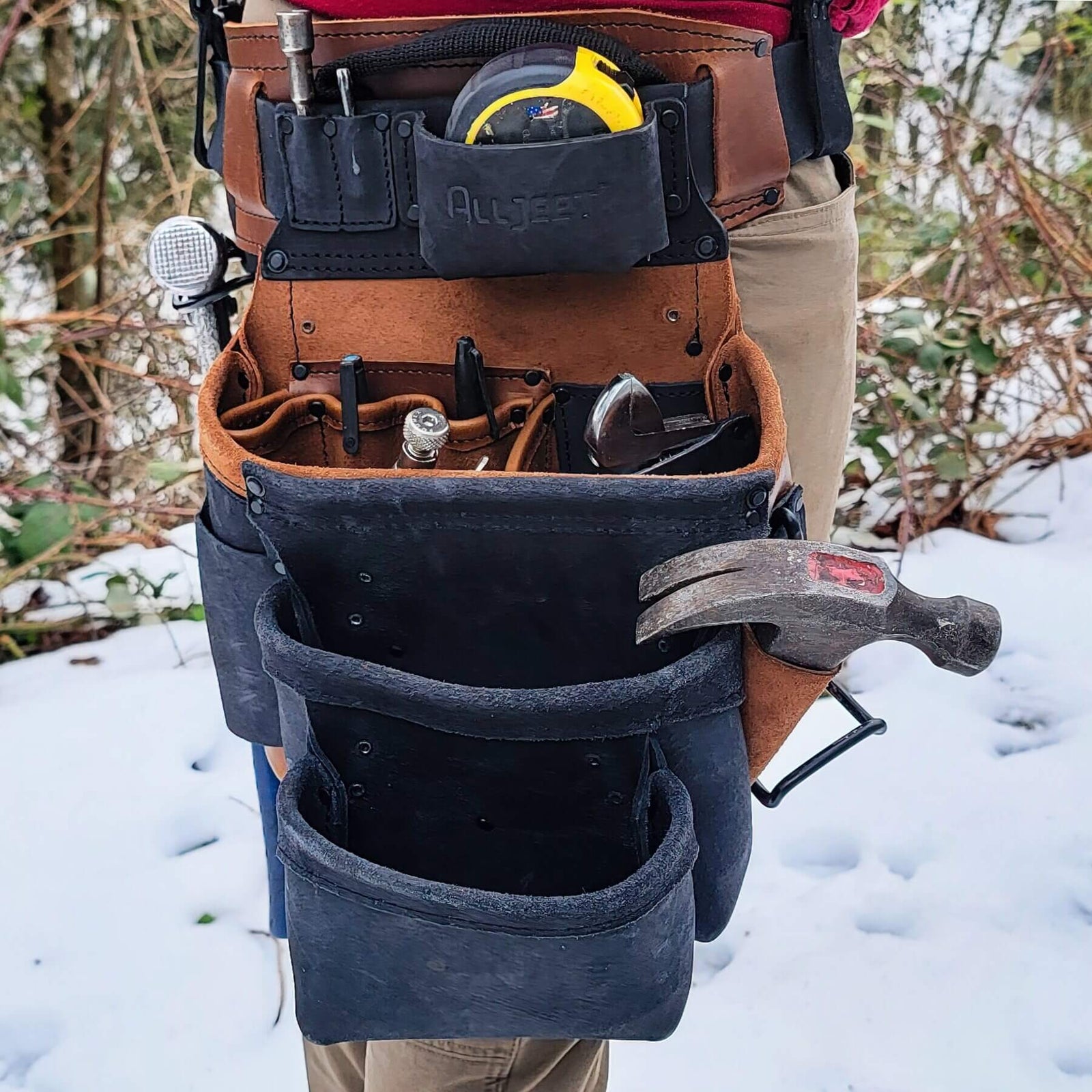If you’ve ever wondered whether you can sow seeds directly in wood chips, you’re not alone. It’s a common question among gardeners looking for sustainable, low-maintenance methods to grow their favorite plants. To find out, we decided to put this idea to the test with an exciting gardening experiment.
Why Wood Chips?
Wood chips are popular in gardening for a variety of reasons. They help retain moisture in the soil, suppress weeds, and gradually break down, adding valuable nutrients back into the soil. But many gardeners wonder: Can seeds actually sprout and thrive when planted directly in a layer of wood chips? We set out to find the answer!
Step-by-Step: Our Seed Sowing Experiment
1. Preparing the Seeds
Before sowing the seeds, we began by presoaking them. Soaking seeds before planting can accelerate germination and give them a better start. This step is especially helpful when planting in wood chips, where moisture retention is key.
2. Creating Space in the Wood Chips
We raked back a few inches of wood chips to create a shallow planting bed. This step is important to make sure that the seeds have direct contact with the soil below, which is necessary for root development.
3. Sowing the Seeds
Next, we spread the pre-soaked seeds evenly over the soil exposed under the wood chips. We chose oat seeds for this experiment, but this method could be applied to various seeds depending on your gardening goals.
4. Covering the Seeds with Wood Chips
After scattering the seeds, we gently covered them with the raked-back wood chips, packing them down lightly. This layer protects the seeds, helps retain moisture, and adds a level of insulation to aid in germination.
The Results: How Did the Seeds Perform?
-
One Week Later: The seeds had sprouted! Tiny green shoots were already emerging through the wood chip layer.
-
Five Days After That: The oat grass was growing nicely, with a healthy spread of bright green shoots covering the area.
-
Another Five Days Later: The oat grass was getting even bigger and more vibrant. The wood chips did not hinder growth at all!
-
One Week Later: The results were in — a beautiful, lush green patch of oat grass! The wood chips helped retain moisture and warmth, allowing the seeds to germinate and grow successfully.
Key Takeaways from Our Experiment
- Moisture Retention: The wood chips helped retain moisture, which is essential for seed germination. This method might require less frequent watering compared to planting directly in soil.
- Protection and Insulation: The layer of wood chips provided a level of protection from extreme temperatures and prevented soil erosion.
- Sustainability: Utilizing wood chips as a growing medium can be an eco-friendly and sustainable gardening practice, especially if you’re looking to repurpose natural materials.
Should You Try Planting Seeds in Wood Chips?
Our experiment showed that it is absolutely possible to sow seeds directly in wood chips and achieve great results. However, keep in mind that this method might not be suitable for all types of plants or climates. It works particularly well in areas where maintaining soil moisture is a challenge.
Final Thoughts: Give It a Try!
If you’re curious and want to experiment with planting in wood chips, give it a go! You might find that it offers surprising benefits, especially for plants that enjoy a bit more moisture and insulation. As with any gardening method, the key is to observe and adapt based on your unique environment.
Have you tried planting seeds in wood chips or have other unique gardening tips? Share your experience in the comments below!





Leave a comment (all fields required)